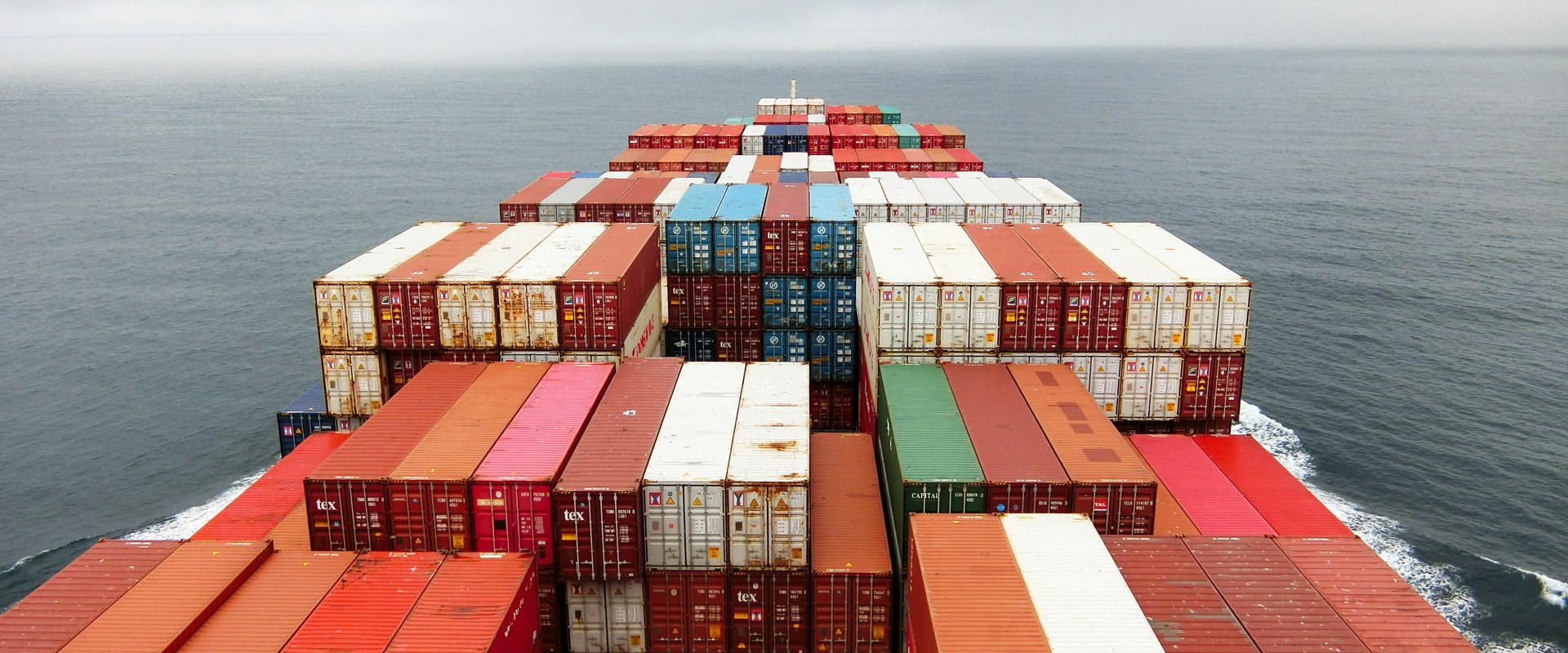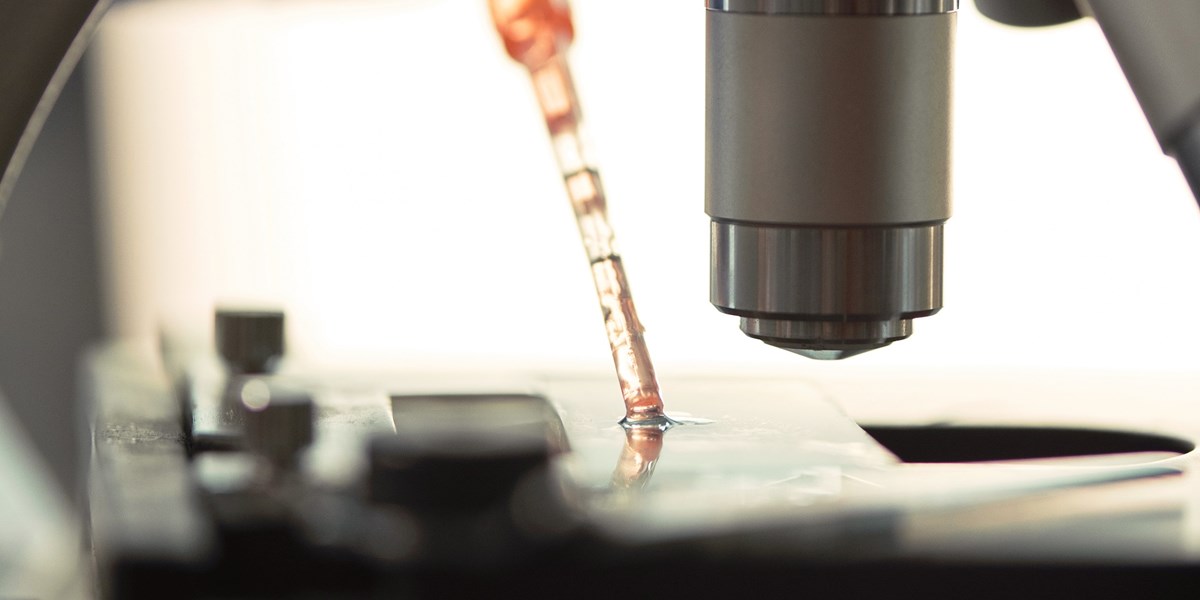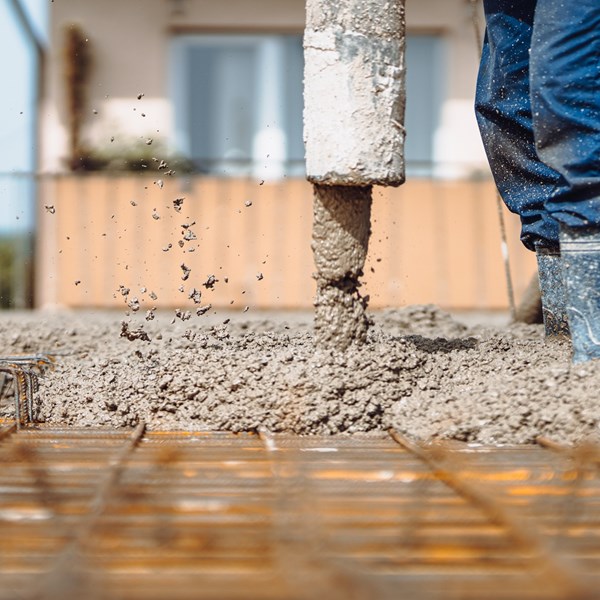When the United Nations Framework Convention on Climate Change adopted the Paris Agreement in 2015, their aim was to sharply reduce greenhouse gas (GHG) emissions to keep the average global temperature rise below 2° Celsius and, preferably, limit future temperature rises to 1.5° above pre-industrial levels.
Traditionally the shipping industry has been a heavy polluter, responsible for around 2.5% of the world’s total greenhouse emissions. This is because unless a vessel has been modified to use zero-carbon fuels like ammonia or hydrogen, it will release significant amounts of CO2 as part of the combustion process.
More worryingly this is a figure that is highly likely to increase as our reliance on the part shipping plays in international trade continues to grow. This means the shipping industry will continue to negatively impact the environment if serious steps towards making the ships greener aren’t made.
The good news is this process has already begun.
In 2018, members of the International Maritime Organisation (IMO) decided they would work together to cut emissions by 50% by the middle of the 21st century. While several technologies (including hydrogen, ammonia, and even new types of batteries) have been explored, it looks as though carbon capture could well offer the most effective way to achieve the ambitious targets that have been set.
This may come as a surprise for many. Up to this point carbon capture has focused on improving emission levels from onshore power plants that use fossil fuels. However, the same technologies could also potentially be employed to reduce the carbon footprint of vessels operating offshore.
WHICH CARBON CAPTURE METHODS COULD THE SHIPPING INDUSTRY ADOPT?
There are three major types of CO2 capture systems:
- Post-combustion
- Pre-combustion
- Oxyfuel combustion
Pre-combustion and oxy-fuel combustion methods will remove the carbon from the fuel before use, producing hydrogen for combustion.
While both are tested and proven, they may not be a shipowner’s first choice as they would need to be fully integrated into a vessel’s fuel supply. This will involve enormous changes to both the ship’s fuel and power generation systems which will be expensive and would likely take ships out of service for a financially damaging length of time.
As post-combustion captures the CO2 from gas in the flue after it’s been combusted, it may prove the most attractive option. As the existing engine would require only minimal alterations, retrofitting vessels would be more manageable and less costly.
WHAT DO SHIPOWNERS AND OPERATIONS NEED TO CONSIDER IN TERMS OF ADOPTING OFFSHORE CARBON CAPTURE?
While the task of handling and storing captured CO2 onshore is difficult, handling and storing it offshore presents an even greater challenge. Vessels cannot offer the space, capacity, and power to liquefy or solidify the captured CO2 and store it onboard.
This means that if carbon capture technology is to be successfully employed on a ship, it will need to be able to transform the captured CO2 gas to solid at minus 78° degrees Celsius, possibly as a result of interaction with other chemicals.
Alternatively, if the CO2 is to be transported as a liquid, it would need to be kept at around minus 50° Celsius.
Hold space is also a problem. One ton of liquefied CO2 occupies about 1m³ which means highly accurate calculations will need to be made as to how much CO2 is expected to be captured so the required space can be made available.
Moreover, the heavier a ship becomes, the more fuel it will need, so these costs also need to be factored into an owner or operators’ plans.
HOW ARE SHIPPING COMPANIES TACKLING CARBON CAPTURE AND STORAGE?
Last year Japanese shipping giant Mitsubishi Shipbuilding had started development on a carbon-capture system for vessels. Their objective is to reduce ship emissions by up to 90% and produce raw materials that can be used to produce new maritime fuels.
Mitsubishi’s 2-year plan revolves around reappropriating a CO2 capture system currently being used by onshore power plants and installing it on a vessel in active service, a coal carrier operated by the Tohoku Electric Power Company.
They feel what they will learn from this project will provide the knowledge and experience they’ll need to develop technology any vessel can adopt to safely capture CO2 from their exhaust gases.
Mitsubishi are under no illusion that the road ahead will not be without its challenges, most specifically how to design storage tanks that can capture the emissions then transport them safely back to shore.
However, given the potential prize these are challenges Mitsubishi is willing to accept, especially as if they are successful, the technology will undoubtedly be so attractive to owners and operators that it could spark a race to retrofit as many vessels as possible not to mention become a staple of newbuilds.
And Mitsubishi is not alone.
Stena Bulk has partnered with the Oil and Gas Climate Initiative (OGCI) to examine how best to capture and store CO2 on ships at sea. Meanwhile, Teco 2030 has launched ‘Future Funnel’, a scrubber (a piece of equipment that absorbs carbon dioxide) system that will allow ships to reduce a variety of emissions as well as provide carbon capture and storage capabilities while Wartsila is also planning to make better use of scrubbers.
As the environmental targets placed on the shipping industry become ever more stringent and the calls for reducing maritime emissions become louder, the demand to find the most effective way to capture and store CO2 at sea will only become more critical.
In our view, this will lead to a raft of new innovation in offshore and maritime carbon capture technology. However, as always, that will only increase the threat of the leading innovators’ ideas being copied or used illegally which is where we, as patent attorneys, will help by finding the best way to protect and commercialise these new carbon capture technologies.







